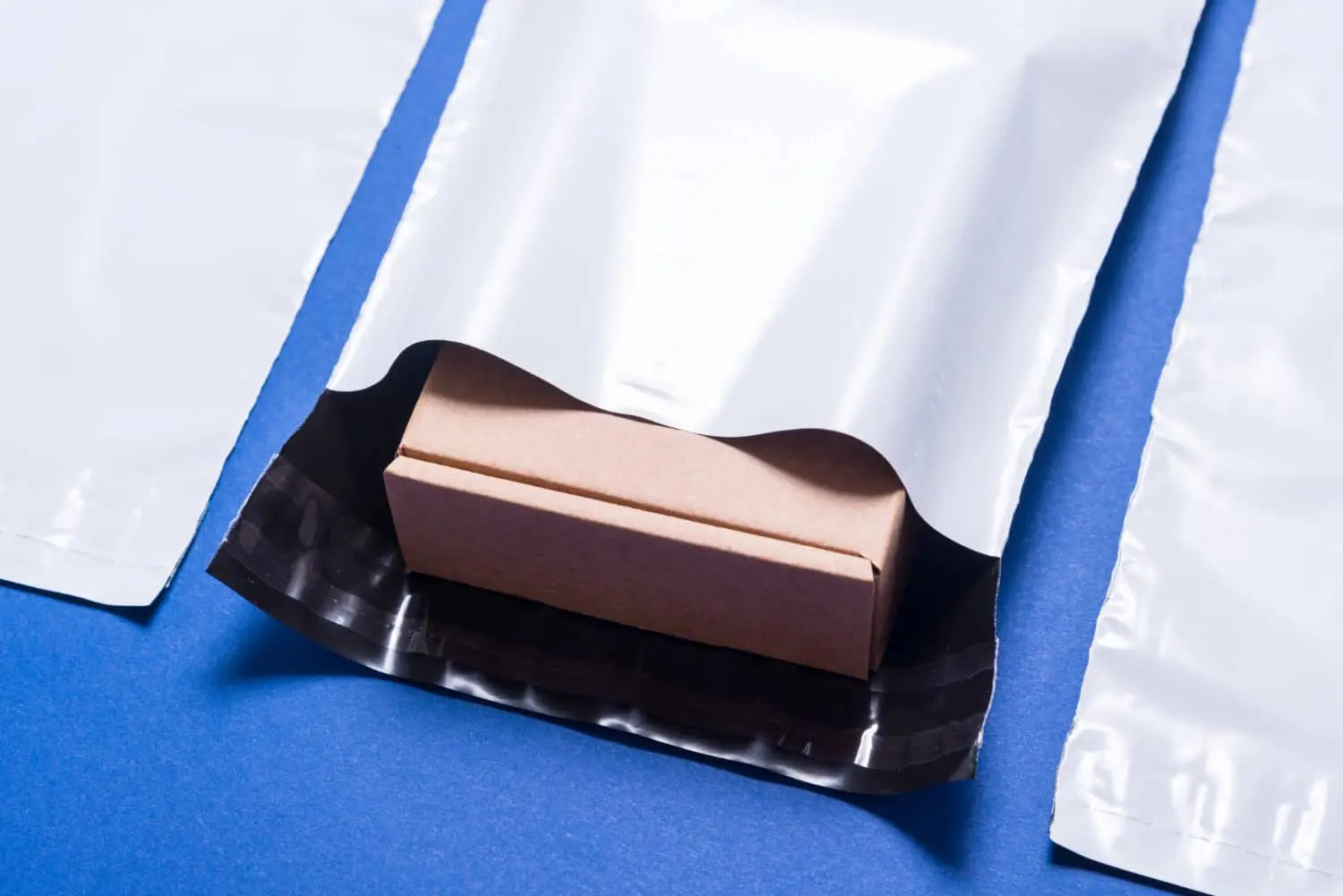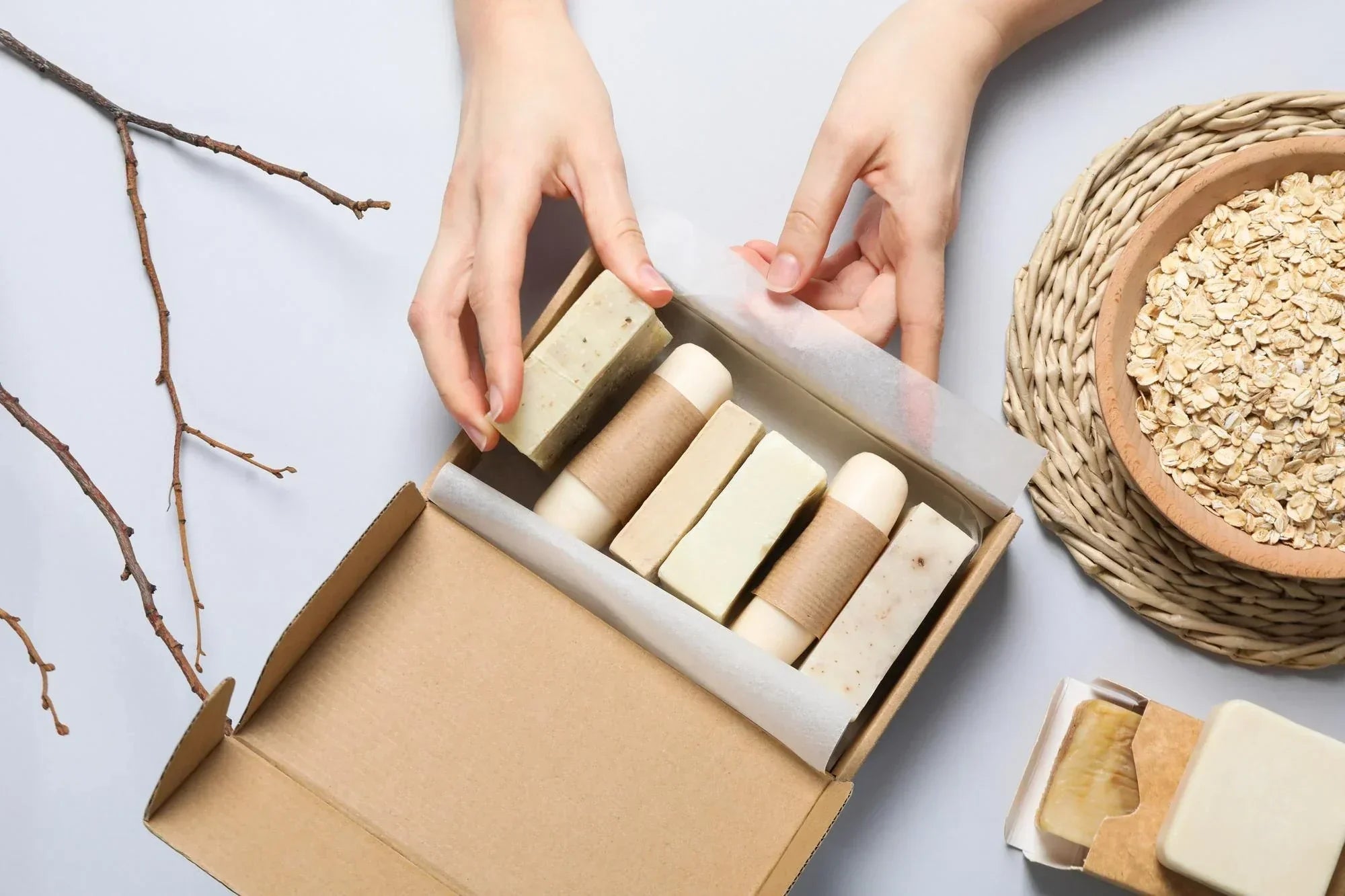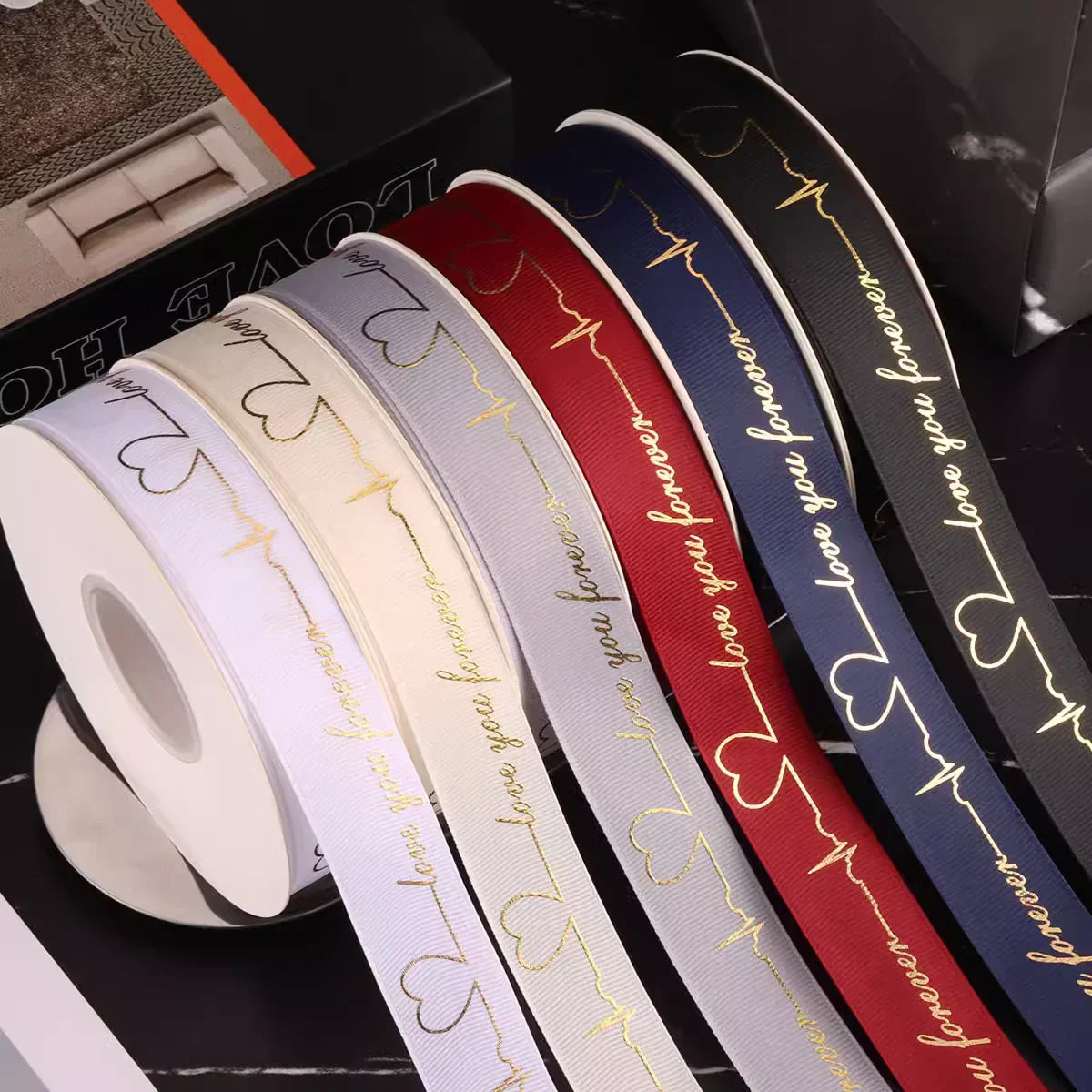Bei der Auswahl der richtigen Verpackungsmaterialien – ob Poly-Versandtaschen, Poly-Klebeband oder Plastiktüten – ist die Kenntnis der Foliendicke entscheidend. Unterschiedliche Einheiten wie Mil, Mikrometer und Gauge können jedoch schnell verwirrend sein. Dieser Leitfaden hilft Ihnen, diese Einheiten zu entschlüsseln, umzurechnen und die richtige Dicke für Ihre Verpackungsanforderungen zu wählen.
1. Warum die Dicke bei Verpackungen wichtig ist
- Haltbarkeit – Dickere Folien bieten mehr Schutz vor Rissen und Einstichen.
- Flexibilität – Dünnere Folien sind biegsamer und lassen sich besser verpacken.
- Kosten und Gewicht – Schwerere Folien erhöhen das Versandgewicht und die Materialkosten.
- Umweltauswirkungen – Dünnere Folien reduzieren im Allgemeinen den Plastikverbrauch und die Abfallmenge.
2. Gängige Einheiten: Mil, Mikron und Gauge
| Einheit | Beschreibung | Häufig in | Konvertierung |
|---|---|---|---|
| Mil | 1/1000 Zoll (0,001 Zoll) | USA | 1 mil = 25,4 Mikrometer |
| Mikron (μm) | 1/1000 Millimeter | Europa/Asien | 1 Mikron = 0,0394 mil |
| Messgerät | ~0,254 Mikrometer | Filmindustrie (USA) | 100 Gauge ≈ 25,4 Mikrometer |
⚠️ Hinweis: Die Spurweite ist kein standardisiertes Maß. Fragen Sie immer Ihren Lieferanten nach.
3. Schnelle Umrechnungstabelle
| Mil | Mikron (μm) | Messgerät |
|---|---|---|
| 0,5 | 12.7 | 50 |
| 0,75 | 19.1 | 75 |
| 1.0 | 25.4 | 100 |
| 1,5 | 38.1 | 150 |
| 2.0 | 50,8 | 200 |
| 2.5 | 63,5 | 250 |
| 3.0 | 76,2 | 300 |
| 3.5 | 88,9 | 350 |
| 4.0 | 101,6 | 400 |
| 5,0 | 127,0 | 500 |
| 6,0 | 152,4 | 600 |
4. Filmdickenkonverter
Filmdickenkonverter
Mil: –
Messgerät: -
Gängige Verpackungsdicke nach Produkt
| Produkttyp | Typische Dicke | Einheit |
|---|---|---|
| Poly-Versandtaschen (Standard) | 2,0 - 2,5 | mil |
| Poly-Mailer (schwere Ausführung) | 3,0 - 3,5 | mil |
| Poly-Klebeband | 2,0 - 2,5 | mil |
| Einkaufstüten aus Plastik | 20 - 40 | Mikron |
| Reißverschlusstaschen | 50 - 90 | Mikron |
| Gestanzte Tragetaschen | 35 - 70 | Mikron |
| Vakuumbeutel | 3,0 - 5,0 | mil |
| Schrumpffolie | 60 - 100 | Messgerät |
| PE-Lebensmittelfolie | 10 - 15 | Mikron |
5. FAQs
F: Ist ein höherer Mil immer besser?
A: Nicht unbedingt. Höhere Mil-Werte bedeuten besseren Schutz, können aber auch Kosten und Steifigkeit erhöhen. Wählen Sie die richtige Größe basierend auf Ihrer Verpackung.
F: Warum verwenden manche Lieferanten Gauge, während andere Mikron oder Mil verwenden?
A: Das hängt von der Region und der Branche ab. In Nordamerika ist die Dicke häufiger, während Mikron globaler verbreitet ist. Überprüfen Sie immer die tatsächliche Dicke.
F: Kann ich dickere Kunststoffverpackungen recyceln?
A: Das hängt vom Kunststofftyp (PE, PP usw.) ab. Achten Sie auf Harzcodes wie LDPE Nr. 4 und beachten Sie die örtlichen Recyclingrichtlinien.
Abschluss
Das Verständnis der Foliendicke ist entscheidend für die Auswahl der richtigen Verpackung. Indem Sie den Unterschied zwischen Mil, Mikron und Gauge kennen und wissen, wie sie sich auf die Leistung auswirken, können Sie Abfall reduzieren, Schäden vermeiden und das Auspacken erleichtern.
🛍️ Entdecken:


